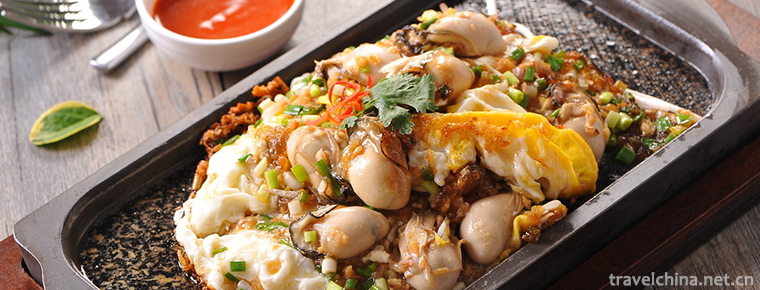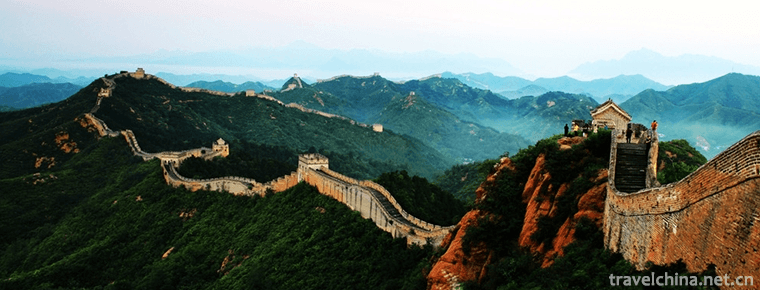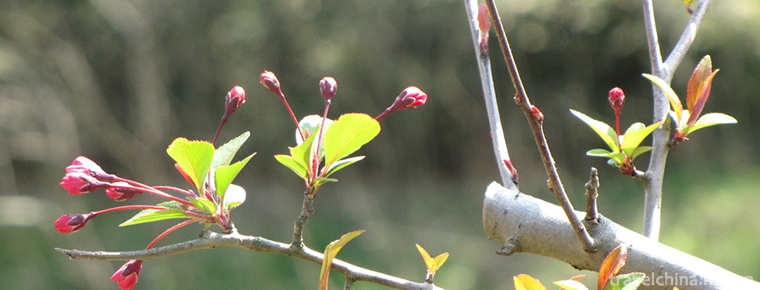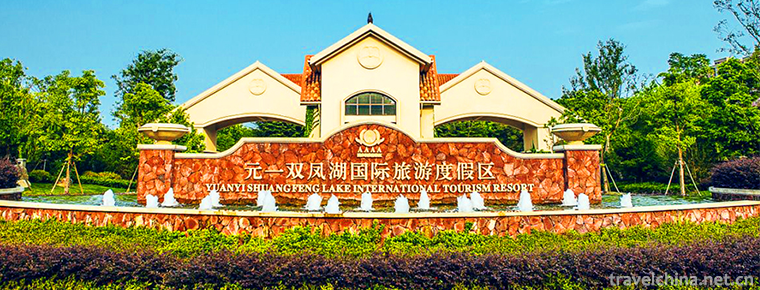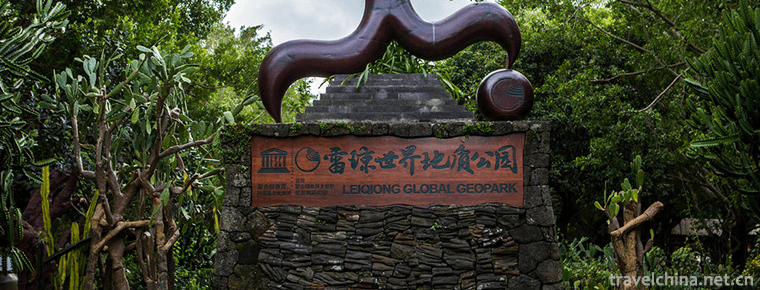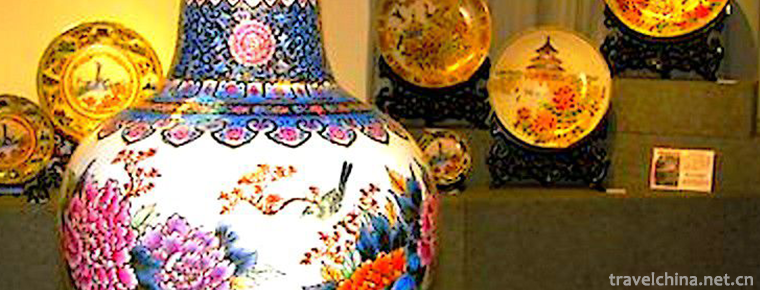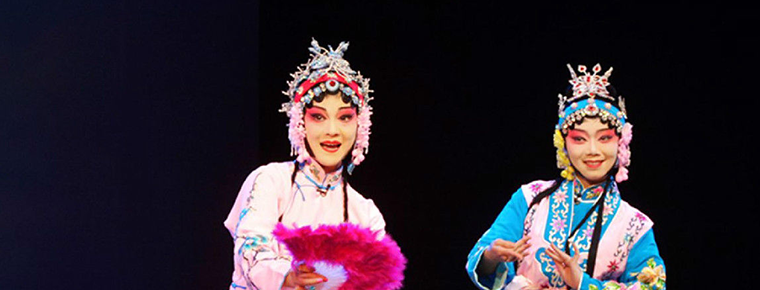Shuanglang
Shuanglang Town is located in the northeast of Dali City and the northeast coast of Erhai Lake. It is a famous historical and cultural town at the provincial level in Yunnan Province and the first town of Canghai scenery. Its area is 218.28 square kilometers, ranking second in Dali City, with a total population of 17570, of which 84.6% is Bai nationality. Shuanglang Town is situated in the east longitude of 100-11 min and the north latitude of 25-53 min. Dali is the best charming city in China, a famous historical and cultural city at the national level, a national scenic spot, a national nature reserve, and an excellent tourist city in China. It is also the seat of "Nanzhao Style Island" in the national 4A-level scenic spot. The town is surrounded by mountains on three sides and faces the sea at the same time. The 19th peak of Cangshan Mountain in the west, the gate links the Erhai Lake with the vast blue waves, the Jizu Mountain in the east, the Buddhist resort, and the small Putuo in the south, Penglai Xiandao.
Shuanglang Town is located in the northeast of Dali City, the northeast coast of Erhai Lake, east of Jizu Mountain in Binchuan, south of Dingse Town, west of Erhai Lake, north of Shangguan Town, northeast of Heqing County, Huangping Town. Shuanglang North has dill music, South has lotus music, before the two islands surrounded by golden shuttle, jade in the hyperbola, so named - Shuanglang.
Within the boundaries of the water and sky, mountains and lakes overlapping emerald and water color, Jinsuo brocade, "double island hyperbola" and ancient elegant, rich flavor of the Bai nationality market town surrounded by a beautiful natural picture of harmony between man and nature, is the most suitable town for human settlement, known as "Dali scenery in Cang'er, Cang'er scenery in the two corridors" A great reputation.
The total area of the town is 218.28 square kilometers. It has seven villagers'committees, 39 natural villages and 77 villagers' groups. The total area of cultivated land in the town is 9,315 mu, and the per capita area of cultivated land is 0.52 mu. The main crops are rice, corn, broad beans, wheat, potato, kidney beans, flue-cured tobacco, garlic and other crops. The annual grain output in 2006 was 3,705,000 kg, and the per capita grain of farmers was 217 kg. The total annual income of the rural economy is 52.71 million yuan, the per capita net income is 1,468 yuan, and the total fiscal revenue is 3.07 million yuan, of which the local general budget income is 2.82 million yuan. Shuanglang Village, where the town government is stationed, has an elevation of 1976 meters, an average annual temperature of 15 degrees Celsius, an average annual rainfall of 800 mm, and a frost-free period of 275 days.
Sunshine 2500 hours a year, is a northern subtropical plateau climate, Shuanglang Town 60 kilometers away from the city hall, the town's territory 15 kilometers around the Sea tourist highway, the town's three sides around the mountains, one side of the sea, overlooking Cangshan 19 peaks, East Jizu Mountain foot, set Cangshan Erhai essence, natural scenery, rich ethnic customs, known as "Dali scenery in Cangshan Erhai" The reputation of Cang er's scenery is in two corridors.
Shuanglang has rich natural resources, long-standing traditional culture and rich connotation of national folk customs and customs, has a unique geographical environment and geographical advantages, with the "Nanzhao Style Island" as the lead of the rise of tourism makes the Shuanglang become a veritable "Cang Er scenery first township".
There are a large number of local products, famous for "famous, special, strange, excellent" and far and near, there are plum series of refined products, milk fan processing, silver fish processing, as well as stewed plum, bayberry, large and small white kidney beans, chestnuts, walnuts, pine nuts, chicken fir, containing manganese, zinc, iron, copper and other minerals, both mountain treasures, but also the sea Taste. Shuanglang is rich in plum fruits, with an annual output of more than 900,000 kg. The total output value of Dali Erhai Food Co., Ltd., Cang'er Food Factory and Yuer Food Factory, which mainly process plum fruits, is 9.94 million yuan.
Compared with the towns and villages in Dali, Shuanglang's economic and social undertakings have developed slowly. The coastal villages in the dam area are densely populated, with more people and less land, vast mountainous areas, scattered residential areas, lagging behind in road traffic, drinking water and other infrastructure facilities for people and livestock. Traditional agriculture and animal husbandry are difficult to form industries, and there is a single channel for the people to increase their income and become rich. Income growth is slow.
Although the new tourism industry relies on Nanzhao style island to develop and play a certain role in promoting the local economic development and concept renewal, it is still very difficult to attract investment and develop the advantages of double corridor tourism resources, and it is difficult to transform the advantages of resources into economic advantages, especially in mountain highway construction, human and animal drinking water and dam areas. Infrastructure construction such as coastal pumping station renovation and tap water construction lags behind seriously, which has become a bottleneck factor restricting the economic and social development of Shuanglang.
It has a long history and splendid culture. It is one of the cradles of Neolithic and Bronze Age civilization in Dali area, an important military fortress and naval base of Nanzhao Dali in Tang and Song Dynasties, an ancient battlefield of Tang Tianbao War and the uprising of Du Wenxiu in Qing Dynasty, and a fertile land for the integration of Buddhism, Taoism, Confucianism and primitive religion.
It has 14 historic and cultural sites, such as Yushe Battlefield Site, Zhengjue Temple, Yujian Temple, Jinbang Temple, Feiyan Temple, Hongshan King Temple, Qingshan Cliff Carvings and so on. It has a complete preservation of Ming and Qing historical and cultural blocks and a hundred typical Bai Ming and Qing traditional residential courtyards.
After the double corridors were placed under the administrative jurisdiction of Dali City in 2004, the municipal Party Committee and the government gave great concern and support to the economic and social development of the two corridors, and tilted them in many aspects, such as infrastructure construction, poverty alleviation and development, tourism industry development, and the cultivation of flue-cured tobacco industry as the backbone of financial resources, which greatly promoted the economic and social affairs of the two corridors. The development of industry.
Golden shuttle brocade, Yujihonglian, Maitreya Xiaotian, Shinu Goose, tiger mouth tide watching, green chicken to jump, Zhengjue bell, red mountain monument, dill playful water, Island ancient banyan, lotus red, Python running to the sea, turtle and snake confrontation and other 18 scenic spots and ancient town winding, fishermen's lanterns concentrated in Cangshan Erhai scroll, the ancients poetry said, "Muji Lake." The mountains are thousands of miles away, and people are in the same water. "I wonder if this is a fairyland or a heaven on earth.
Shuanglang has been a place for celebrities and scholars since ancient times. There were Yang Sheng'an and Li Yuanyang in ancient times. Now there are Yang Liping, a dancer, writer Su Tong, and Zhao Qing, etc. It is also the place where the main folk architectural sculptures and painters come out in large numbers in Dali. The seventy-two monastery Pagoda in Jizu Mountain, a Buddhist resort, and the Bai village in Yunnan ethnic village are often painted by double-corridor artisans.
Here beautiful scenery, outstanding people, has been "Five Golden Flowers", "Children of Five Golden Flowers", "White Moon and White Sister", "Erhai Love Wave", "Looking at the Cliff" and other film shooting attractions, so that visitors pour their interest.
Six ethnic minorities, mainly of the Bai nationality, are rich in ethnic resources and rich in folk customs. They have both traditional features of dress, dialect, diet and belief, as well as ethnic dwellings with green bricks, white walls and light ink paintings, as well as interesting wedding and funeral celebrations, unique national festivals, native culture, folk tales and tyrannical whips. The traditional sports and art culture, such as dragon boat racing, Shang Dao Shan, folk songs and Bai Ju opera.











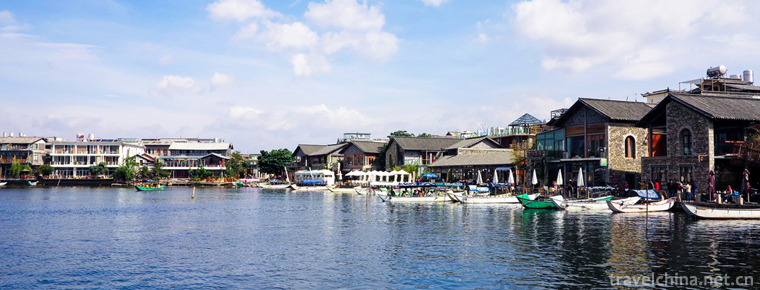
-
Oyster omelet
Oyster fry is a common home dish, which originated in Quanzhou, Fujian Province, and is one of the classic traditional snacks in southern Fujian, Taiwan, Chaoshan and other regions..
Views: 260 Time 2018-11-02 -
Shanghai Science and Technology Museum
Shanghai Science and Technology Museum is a comprehensive natural science and technology museum with Chinese characteristics, times characteristics and Shanghai characteristics.
Views: 510 Time 2018-12-05 -
Gucun Park Shanghai
Gucun Park is located in Gucun Town, Baoshan District, from north to Shapu, south to Jiazaobang, and adjacent to Huanbei Avenue of the Outer Ring Road,.
Views: 91 Time 2018-12-19 -
Yuanyi Shuangfeng Lake International Tourist Resort
Yuanyi Shuangfeng Lake International Tourist Resort in Anhui Province is a high-level tourist resort integrating Golf and leisure. Located in the beautiful scenery, with a total area of more than 2000.
Views: 128 Time 2018-12-23 -
Leiqiong Haikou Volcanic Group World Geopark
Leiqiong Haikou Volcanic Group World Geopark is located in Shishan Town, southwest of Haikou City. It is only 15 kilometers away from the urban area. The Expressway .
Views: 149 Time 2019-01-29 -
Xianghu Lake
Xianghu Lake is known as the "sister lake" of the West Lake for its beautiful scenery. It is a lake located in Xiaoshan District, Hangzhou City, Zhejiang Province, China. Xianghu Lake is als.
Views: 168 Time 2019-02-25 -
Changsha window of the world
Changsha World Window is located on the Liuyang River in the northeastern suburb of Changsha City, Hunan Province. It is a cultural theme park jointly invested by Hunan Radio and Television Media Co.,.
Views: 180 Time 2019-03-17 -
Firing Techniques of Chaozhou Coloured Porcelain
In Chaozhou at the end of the Qing Dynasty, new colored pigments were used in the colored porcelain painting. Combining traditional glaze painting art with traditional Chinese painting .
Views: 234 Time 2019-04-16 -
Hanju Opera
Han Opera, a local traditional drama in Wuhan, Hubei Province, is one of the national intangible cultural heritage..
Views: 136 Time 2019-05-02 -
Bengbu Medical College
Bengbu Medical College (Bengbu Medical College) is Anhui Province The provincial general higher medical colleges and the first batch of units granted the right to grant bachelor's and master's degrees.
Views: 82 Time 2019-11-08 -
Introduction to Chengdu Giant Panda Base
Chengdu Giant Panda Breeding and research base (hereinafter referred to as the base) is located at 1375, Waibei panda Avenue, Chenghua District, Chengdu City, Sichuan Province, China. It is 10 kilometers away from the city center and more than 30 kilometers.
Views: 212 Time 2020-12-13
